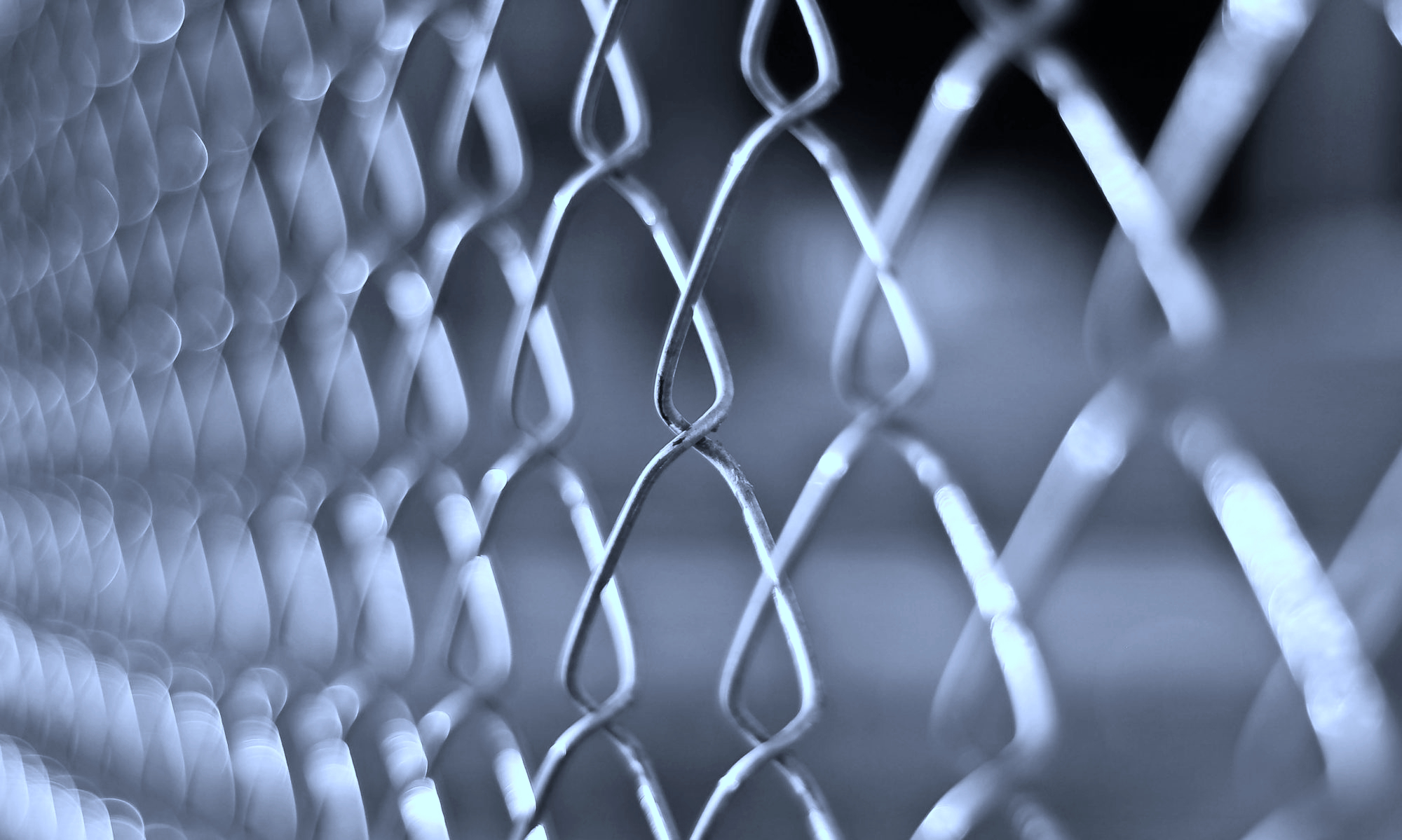Several days ago a dear friend was recounting her terrifying experience of being pepper-sprayed last month while attending a rally outside the Wyatt Detention Center in Central Falls, Rhode Island, where immigrants are being detained unjustly by ICE.
Many of you will recall how when peaceful demonstrators were attempting to prevent being run over by a crazed guard driving a pickup truck, the crowd was viciously assaulted and pepper-prayed by overzealous guards from that prison. (The guard driving that pickup truck– a Captain– resigned from his job the following day. Why he was not charged with attempted murder, or at least assault with a deadly weapon, is anyone’s guess).
The unprovoked attack resulted in several protesters requiring hospitalization and treatment for broken bones and or/respiratory issues. My friend described how, after already being pepper-sprayed twice in her eyes, nose and mouth, she dropped to the ground and blocked her airways with clothing. The threat of suffocating to death was very real for my friend that evening.
In turn, I began to share my own experiences of being gassed or pepper-sprayed, which is a regular occurrence at MCI Shirley, a medium security prison in central Massachusetts where certain guards carry pepper spray on their belts.
Fights happen regularly at this prison, a number of them in the chow hall during meals. In the year or so since my arrival at this prison there have been no fewer than thirty fights in the chow hall, with at least twenty-five of those resulting in the use of pepper-spray in order to separate the combatants. Once unleashed, usually sprayed in the direction of the persons fighting, the irritant quickly spreads through the atmosphere (in the summers, aided by the fans mounted on the wall), affecting everyone in the chow-hall, staff included. There is no place to go to escape the burning of eyes, noses and throats as all doors are quickly secured. You can taste it in the food, and you either have to eat it or go hungry.

The use of pepper-spray in Mass prisons is relatively new. I don’t recall it being used at all in my thirty years at MCI Norfolk. And in my three and a half years at MCI Walpole, from 1981 to 1985, other than in the notorious 10-block, tear-gas was used once in the general prison population to start a near riot (in 1984) when a rookie guard panicked when he mistakenly thought prisoners were taking over the prison while leaving the auditorium during the viewing of a movie.
I’ve seen a lot of fights in my nearly 36 years in prison, and I can tell you that once guards respond to a fight, it is broken up pretty quickly, without the need for mace or pepper-spray. Most guys won’t resist and tussle with guards for fear of being charged with assault and risking more prison time, so they cuff up.
Several months ago two prisoners were fighting in the chow hall not more than ten feet from where I sat and ate. As usual, no weapons were involved and the fight was quickly broken up. As one of the guys was being cuffed, an officer walked right up to that prisoner and blasted him directly in his face with a stream of pepper spray; a full thirty minutes after the fight was over! The poor guy was gasping for air as guards led him away while the rest of us in the area began to choke and rub our eyes.
It wasn’t the first time that that officer has done that, and I’m sure it won’t be his last. It was, and is, completely unjustified, but this is what happens when you allow people – particularly those in law enforcement to carry and use weapons that they don’t know how to use and who become overzealous in their responses to non-threatening situations, just like in Rhode Island, or in Boston at the “Straight Pride” parade.



